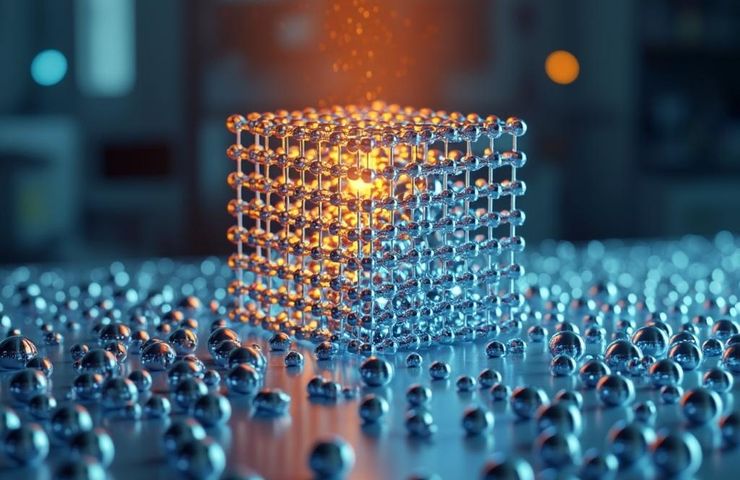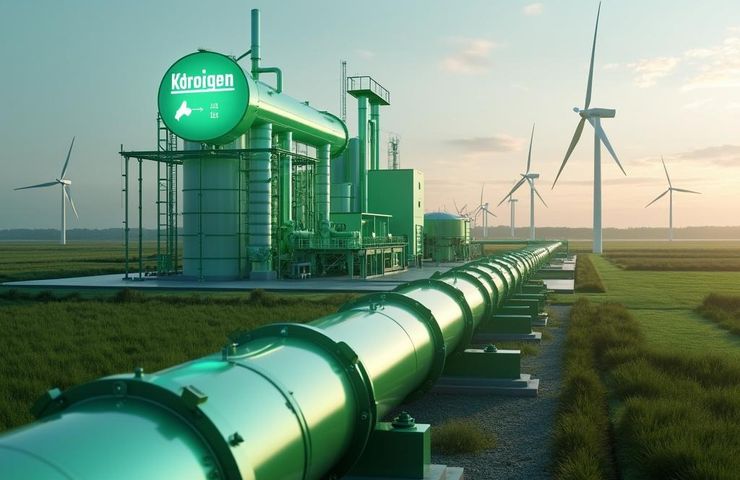Atomic Engineering Breakthrough at Umeå University Boosts Green Hydrogen Catalyst Performance
Umeå University scientists uncovered how molybdenum triggers lasting atomic changes in nickel–iron catalysts, boosting hydrogen electrolysis performance even after molybdenum is gone—reshaping future catalyst design for green hydrogen.


Researchers at Umeå University in Sweden have made a big breakthrough that could shake up how we produce green hydrogen. A team led by Mouna Rafei and Eduardo Gracia found a clever way to make hydrogen production through electrolysis not only more affordable, but also way more durable in the long run.
How molybdenum sparked a stable shift
At the heart of this discovery is a surprising twist involving nickel–iron catalysts and tiny traces of molybdenum. Turns out, when you introduce molybdenum into the mix, it triggers a kind of atomic reorganization in the material. And here’s the kicker: even after the molybdenum wears off with use, that improved structure sticks around. This atomic reshuffling ends up making the catalyst tougher and better-performing over time—kind of like setting it on the right path and letting it do its thing.
Lower cost, fewer rare materials—more possibilities
Why does this matter? Because it points the way toward less dependence on pricey, hard-to-get materials in oxygen evolution reaction (OER) catalysts. That’s been a major roadblock in scaling up green hydrogen initiatives, especially for industries like steelmaking, ammonia production, and heavy transport. With this new approach, we’re looking at a future where clean hydrogen infrastructure is more practical—and more affordable—than ever before.
Sweden steps up as a clean energy trailblazer
Umeå University has built a reputation for being a powerhouse in sustainable chemistry, and this kind of research only strengthens Sweden’s position in the global push for industrial decarbonization. These findings add to the growing belief that smart design at the atomic level could be the secret sauce we’re looking for to unlock the full potential of hydrogen production through electrolysis.
Take a look at the paper here.
What's Your Reaction?


























































